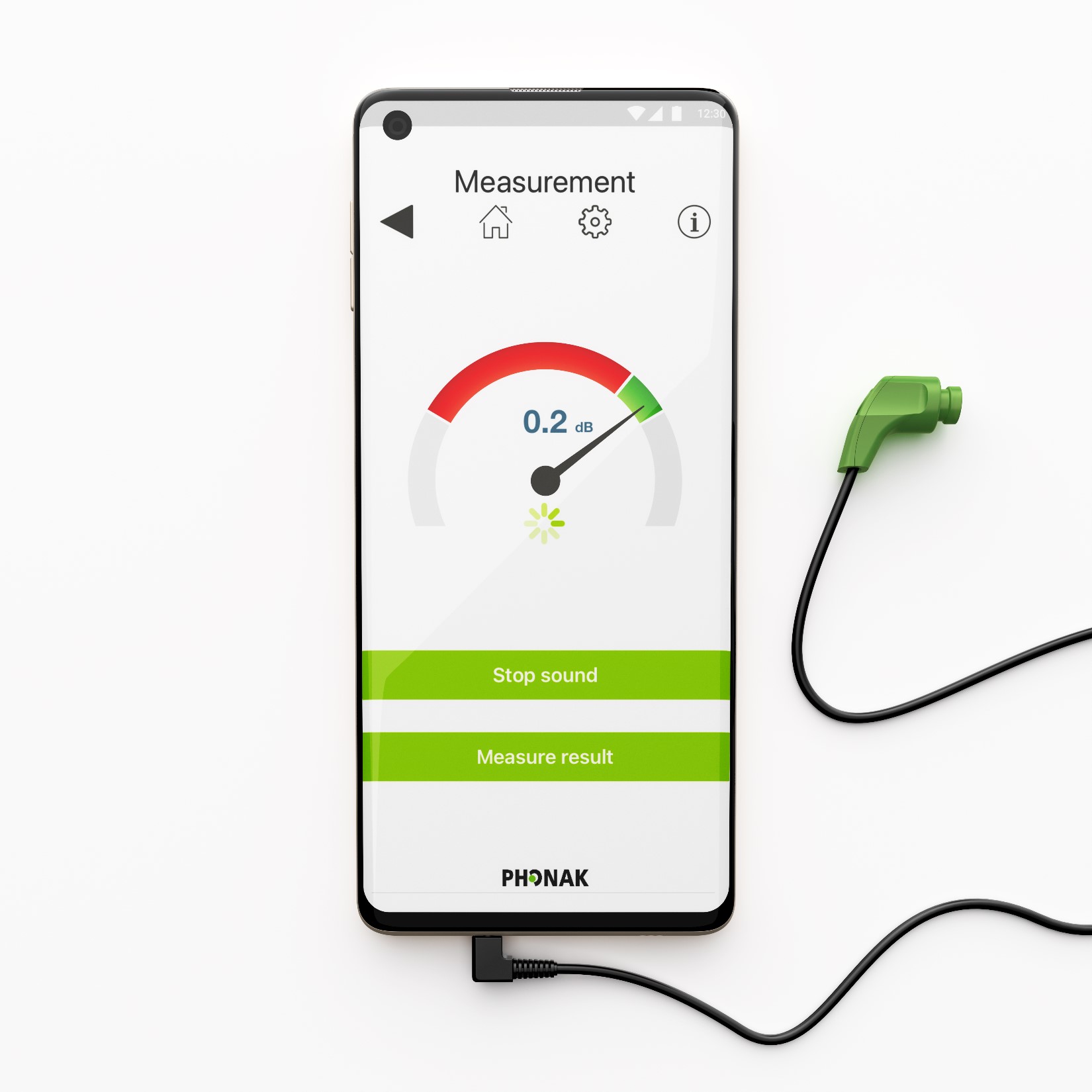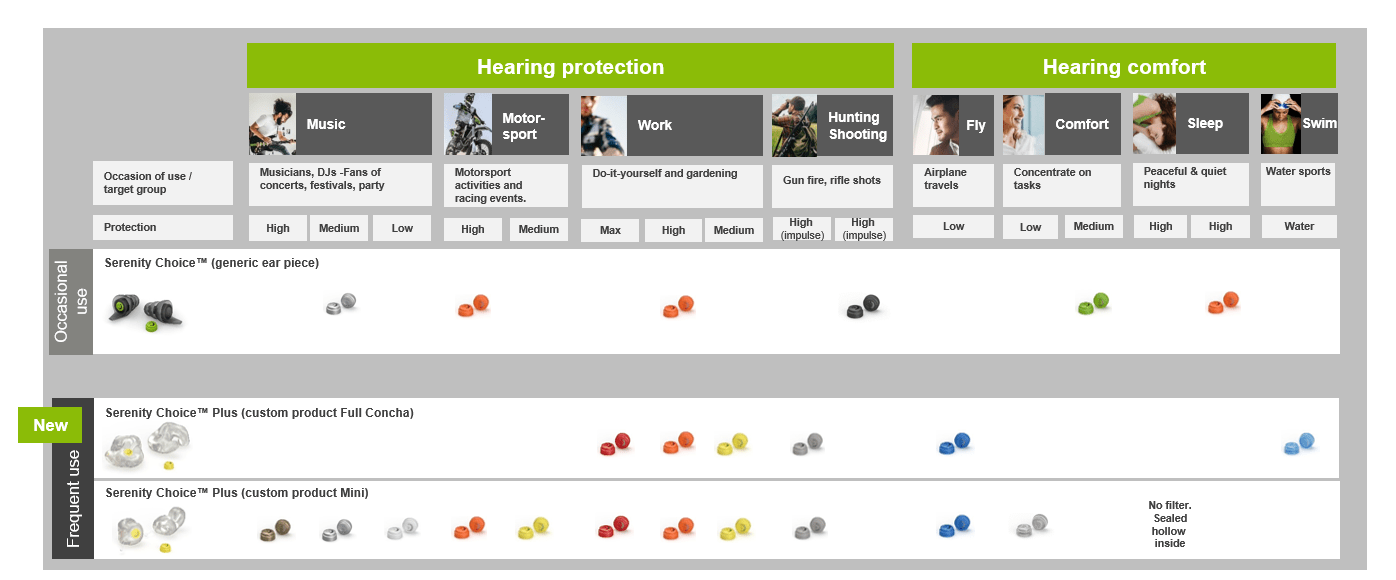
Noise – the not so silent thief of hearing and well-being
The importance of good hearing for overall well-being is gaining increased attention. Hearing well starts with protecting the delicate sense we have, and a common culprit for damaging hearing is noise!
I am (…well try) to be a musician and in the days before I discovered my career in Audiology I would play in bands without using hearing protection. It was certainly a ‘not-so silent’ experience for my ears, both during and sometimes after playing, due to temporary tinnitus and threshold shift.
Over time, noise exposure like this can become a ‘not-so-silent’ thief of our hearing, and have wider impacts on our overall health and well-being.1
A noisy world!
The World Health Organization (WHO) estimates that globally around 1.1 billion people are at risk of noise-induced hearing loss (NIHL).2 And in the USA alone, around 40 million adults have pure tone audiograms consistent with NIHL.3
Industrial noise exposure in the workplace is a well-known cause of NIHL,4 and cross sectional studies in the 1960s of factory workers exposed to different noise levels throughout their careers without protection helped established the damage risk criteria for NIHL.
|
Exposures of ≤85 dB over 8 hours (LeQ 8 Hrs) should be safe without hearing protection, and for every 3 dB increase above 85 dB, the safe exposure time without hearing protection is halved.5 |
NIHL can result from other activities too, such as playing/listening to loud music6 and hunting/shooting7 to name a couple. Furthermore, exposure to noise can have affects beyond the audiogram, such as inducing stress and reducing general health and well-being.8.9
And when you consider that noise can be defined as any ‘unwanted and/or harmful sound’,10 it’s clear that unwanted sound can occur during other activities and have an impact. Sleeping with a snoring partner has certainly been shown to significantly reduce sleep quality!11
Barriers to using hearing protection
Despite the potential to prevent NIHL by using hearing protection, it’s estimated that ~70% of people exposed to loud noise never or seldom wear hearing protection.3
Reasons for non-use are varied and include:
- discomfort (including humidity in the ear)12
- concerns about over-protection/not being able to hear enough13
- differential attenuation / spectral distortion across frequency14
- occlusion (especially when singing/playing wind instruments)14
- training/ease of handling/fit testing15
The Phonak Serenity hearing plug range has specific design characteristics to overcome some of these barriers.
Phonak Serenity Choice universal and custom fit range
Unlike many plugs that have traditional resistive tube filters, the Phonak Serenity choice plugs adopt high-end membrane and mesh filters that attenuate both low and high frequencies more evenly, to allow situational awareness and communication (Figure 1).

A recent study16 investigated both technical measures of attenuation (on KEMAR artificial head) and subjective sound quality ratings for the Serenity Choice music and comfort plugs, plus 6 competitor products.
Results showed the Serenity Choice music plugs provide a flatter attenuation response versus a number of the competitor products, which is important for musicians to support both their playing and awareness of other instruments.14 Furthermore, sound quality ratings were significantly higher for the Serenity Choice music plugs compared to 5/6 competitor products. Importantly, these higher ratings were obtained for both untrained and trained listeners.
Another advantage of the mesh and membrane design is it is breathable. Another study16 measured ear canal humidity during use of various plugs as well as the ambient humidity in the lab. Results showed that all plugs with filters had lower humidity levels compared to a full ear block, and generally, the lower the attenuation, the lower the humidity level.
Occlusion can also be an issue for musicians when singing/playing wind instruments.14 For hearing aid wearers with good residual low frequency hearing (especially <40 dB HL at 250- and 500-Hz), two options have been established to provide relief from occlusion: (1) – Venting and (2) – Longer custom molds that contact the bony portion of the ear canal.17
Whist venting isn’t really an option with hearing protection (as this will reduce the effective protection offered), in such cases, it might be worth trying a set of the Serenity Choice+ custom musician plugs with long canals to see if this helps ameliorate any occlusion.

A good seal in the ear is also important to ensure correct attenuation performance of a fitted earpiece. The Acoustic Leakage Tester is an iOS App based system with a probe (containing a receiver and microphone) that is inserted into the custom mold of Serenity Choice+ plugs.
A test stimulus is introduced into the ear and the sound pressure level (SPL) at the microphone measured. If the fit is good, the stimulus remains the same and the app will return a green result. If there is any leakage, this will result in a drop in SPL and the app will return a red result (see Figure 2).
Ears to you …. And not to the ‘not so’ silent thief that is NIHL
The mesh and membrane design of the new Serenity choice plug range helps address some of the common reasons underpinning low/non-use of hearing protection, such as:
- discomfort due to humidity developing in the ear during use
- attenuating both low and high frequencies more evenly, to allow situational awareness and communication
- providing a wide range of different filter options to help ensure the appropriate level of protection (Figure 3).
And the Acoustic Leakage Tester helps to verify if the earpiece seals properly.

It is my hope that the new Serenity Choice product range will help encourage more people to wear hearing protection when required, preserving their very precious sense of hearing.
For more information on the new Phonak Serenity Choice range, click here. To read a previous article on Serenity Choice by Audiologist, Natalie Nelson, AuD, click here.
References:
- Vercammen C, Ferguson M, Kramer SE, et al. Well-hearing is well-being. Hearing Review. 2020;27(3):18-22. Retrieved from https://www.hearingreview.com/hearing-loss/patient-care/counseling-education/well-hearing-is-well-being, accessed July 20, 2021.
- World Health Organization (2020, March 1). Deafness and hearing loss: Key facts. Retrieved from https://www.who.int/news-room/fact-sheets/detail/deafness-and-hearing-loss, accessed July 20, 2021.
- Centers for Disease Control and Prevention (2020, January 6). Vital Signs – Too loud! For too long!. Retrieved from https://www.cdc.gov/vitalsigns/hearingloss/index.html, accessed July 20, 2021
- Centers for Disease Control and Prevention.(2018, February 6). Noise and hearing loss prevention: Preventing hearing loss caused by chemical (ototoxicity) and noise exposure. Retrieved from https://www.cdc.gov/niosh/topics/noise/default.html, accessed July 20, 2021.
- WHO (2017) determination of risk of noise-induced hearing loss due to recreational sound: review. Retrieved from https://www.who.int/pbd/deafness/Monograph_on_determination_of_risk_of_HL_due_to_exposure_to_recreational_sounds.pdf.
- Zaho, F., Manchaiah, V., French, D. & Price, S. M. (2009) Music exposure and hearing disorders: An overview, International Journal of Audiology, Vol. 49(1), 54-64.
- Nondahl, D.M, et al. (2000). Recreational firearm use and hearing loss, Arch Fam Med.2000;9:352-357.
- Wallenius, M. A. (2004) The interaction of noise stress and personal project stress on subjective health. Journal of Environmental Psychology, Vol. 24(2).
- Ising, H. & Kruppa, B. (2004) Health effects caused by noise : Evidence in the literature from the past 25 years. Noise and Health, Vol. 6(22), 5-13.
- Fink, D. (2019) A new definition of noise: noise is unwanted and/or harmful sound. Noise is the new ‘secondhand smoke’. Proc. Mtgs. Acoust. Vol. 39. https://asa.scitation.org/doi/10.1121/2.0001186
- Blumen, M. et al. (2009) Effect of sleeping alone on sleep quality in female bed partners of snorers. European Respiratory Journal, Vol. 34: 1127-1131.
- Davies, R. R. & Shaw, P. B. (2011). Heat and humidity buildup under earmuff-type hearing protectors. Noise & Health, Vol. 13(51), 93-98. Retrieved from https://www.noiseandhealth.org/article.asp?issn=14631741;year=2011;volume=13;issue=51;spage=93;epage=98;aulast=Davis, accessed July 20, 2021.
- Towse, K. (2019) Nine reasons why your hearing protection efforts could be failing. Retrieved from https://www.protecthear.co.uk/2019/11/19/nine-reasons-why-your-hearing-protection-efforts-could-be-failing/, accessed July 20, 2021
- Patel, J. (2008). Musicians’ hearing protection – A review. Retrieved from https://www.hse.gov.uk/research/rrpdf/rr664.pdf, accessed July 20, 2021.
- Connect Safety (2017) 6 reasons why employees aren’t wearing hearing protection. Retrieved from https://blog.wesco.com/6-reasons-why-employees-arent-wearing-hearing-protection, accessed July 20, 2021.
- Appleton-Huber, J. (2021). Serenity Choice TM – protecting hearing while providing best sound quality and allowing the ear to breathe. Phonak Insight. Retrieved from https://www.phonakpro.com/content/dam/phonakpro/gc_hq/en/resources/evidence/white_paper/documents/technical_paper/PH_Insight_Serenity_Choice_sound_quality_breathability_210x297_EN_V1.00.pdf, accessed July 20, 2021.
- Dillon, H. (2012) Hearing Aids. 2nd Edn. Sydney: Boomerang.
